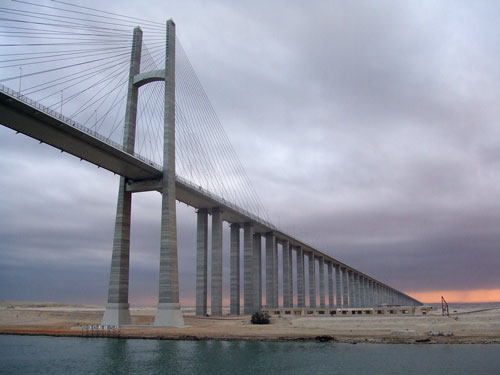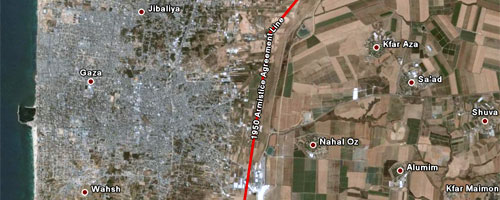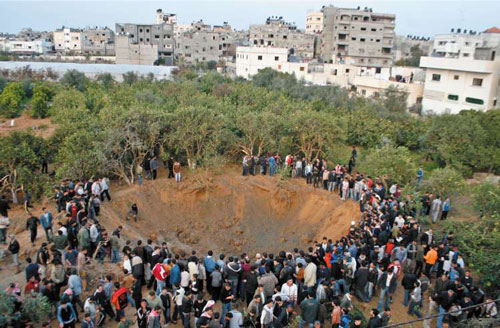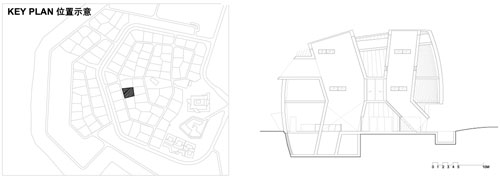
Various attempts were made to excavate a canal linking the Red Sea to the Mediterranean, from around 1850 BC by pharaoh Senuserett III, until it was finally completed by the Persian conqueror Dario I in 500 BC. In the following centuries it was destroyed, abandoned and rebuilt several times. The modern Suez Canal, from Port Said to Suez, was built by Ferdinand de Lesseps between 1859 and 1869, as ordered by Napoleon. In the end of the 19th century the British took control of the canal until it was restored to Egypt in the 1950´s. Also in the 20th century the canal was the scene of many conflicts, mainly between Arabs and Israelis. In one of these conflicts the canal was blocked by the Egyptians, trapping 14 cargo ships in the strait for over 8 years.

The intense traffic through the Suez Canal, bypassing the African continent, brings commerce and maritime activity into the heart of the Sinai desert. Irrigation works stimulated the development of cities and agrarian settlements along the canal. Due to the high salinity of the Red Sea water, which pours slowly through the strait into the Mediterranean, and the construction of the Aswan dam in the Nile, the eastern Mediterranean has been suffering from invasion by Red Sea maritime species.

There are plans to deepen the canal to accommodate supertankers until 22 meters draft, improving bulk transport that is now being offloaded to smaller vessels and reloaded at the other end of the canal. Environmentalists are against these plans as they worsen the invasion by foreign species in the Mediterranean.
Read more:
http://en.wikipedia.org/wiki/Suez_Canal
Suez salt production
Exibir mapa ampliado







